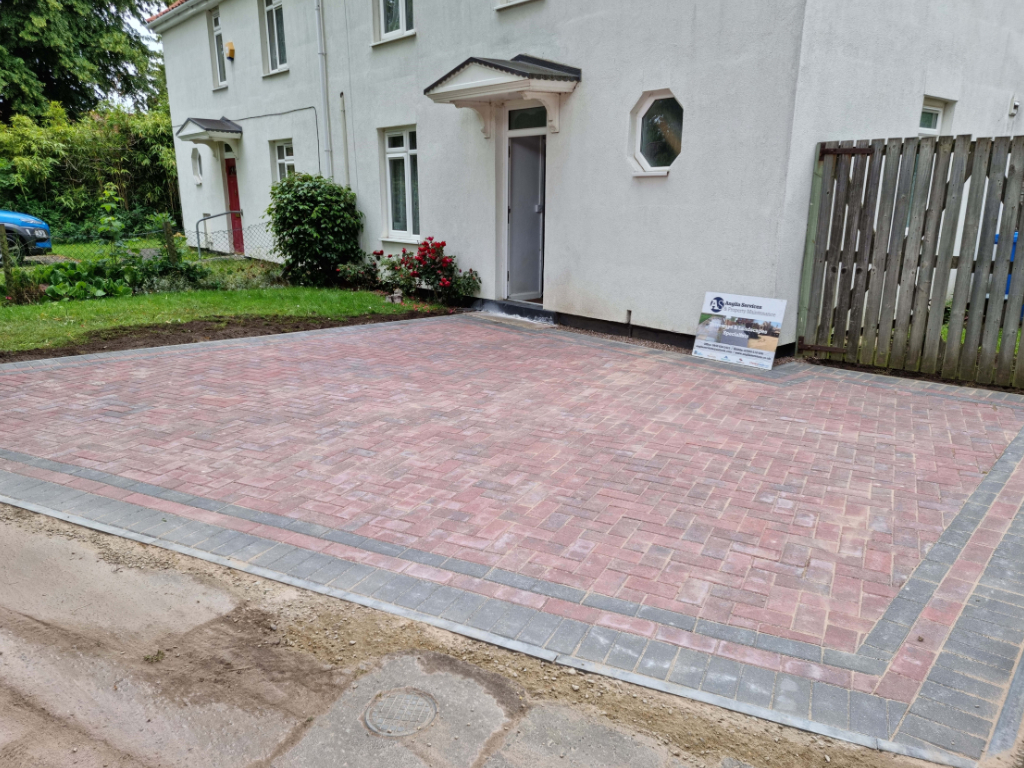Tarmac as a Sustainable Choice for New Build Sidewalks
Introduction: Regarding new construction projects, sustainability is becoming increasingly important. Developers and homeowners seek eco-friendly solutions that minimise environmental impact without compromising quality or durability. In the sidewalks, tarmac—a versatile and sustainable material—has emerged as a popular choice for paving. This blog post will explore why tarmac is an excellent option for newly built sidewalks, offering sustainability, durability, and aesthetic appeal.
- Recycled Materials and Reduced Environmental Footprint
Tarmac, known as asphalt or bitumen, is made primarily from recycled materials, including reclaimed pavement (RAP) and recycled asphalt shingles (RAS). By incorporating recycled materials into the manufacturing process, tarmac reduces the demand for virgin resources and minimises waste sent to landfills. This sustainable approach helps conserve natural resources and reduces the carbon footprint associated with sidewalk construction, making tarmac an environmentally responsible choice for new build projects.
- Longevity and Low Maintenance
Tarmac sidewalks are renowned for their durability and longevity, offering pedestrians a smooth and stable surface. Unlike traditional paving materials such as concrete, tarmac is flexible and less prone to cracking or heaving due to freeze-thaw cycles or ground movement. Additionally, tarmac requires minimal maintenance over its lifespan, reducing the need for frequent repairs or replacements. Routine cleaning and occasional seal coating are usually sufficient to keep tarmac sidewalks in optimal condition, saving time and resources in the long run.
- Permeable Pavement Solutions
In recent years, advancements in tarmac technology have led to the development of permeable pavement solutions that allow rainwater to infiltrate through the surface and replenish groundwater supplies. Permeable tarmac sidewalks help mitigate stormwater runoff, reduce the risk of flooding, and improve water quality by filtering pollutants and contaminants. By promoting natural drainage and groundwater recharge, permeable tarmac pavements support sustainable urban development and contribute to resilient, eco-friendly communities.
- Energy Efficiency and Cool Pavement Benefits
Tarmac sidewalks can be enhanced with cool pavement technologies, such as light-coloured coatings or reflective additives, that reduce surface temperatures and mitigate the urban heat island effect. By reflecting sunlight rather than absorbing heat, cool tarmac pavements help lower ambient temperatures in urban areas, improve air quality, and reduce energy consumption for cooling buildings. These energy-efficient features enhance the sustainability of newly built sidewalks and create more comfortable and livable environments for pedestrians.
- Design Flexibility and Aesthetic Appeal
Tarmac offers unparalleled design flexibility, allowing architects and developers to create sidewalks that blend seamlessly with the surrounding landscape and architectural aesthetics. Tarmac can be coloured, stamped, or textured to mimic the look of natural stone, brick, or pavers, offering endless design possibilities for new build projects. Whether it’s a sleek and modern sidewalk or a rustic and traditional pathway, tarmac can adapt to various design styles and preferences, enhancing the visual appeal of the built environment.
Conclusion: Tarmac is a sustainable and versatile choice for newly built sidewalks, offering durability, longevity, and aesthetic appeal. Using recycled materials, minimal maintenance requirements, and permeable pavement options, tarmac contributes to sustainable urban development and resilient communities.
Call us on: 01223 657 698
Click here to find out more about Linton Driveway Installations
Click here to complete our contact form and see how we can help with your driveway needs.

